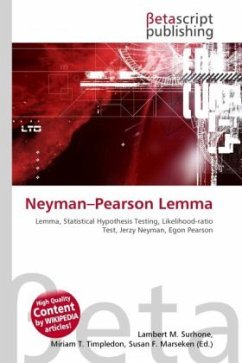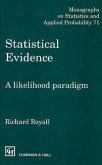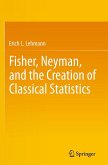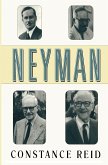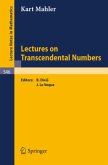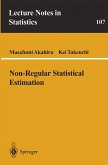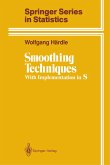High Quality Content by WIKIPEDIA articles! In statistics, the Neyman-Pearson lemma states that when performing a hypothesis test between two point hypotheses H0: = 0 and H1: = 1, then the likelihood-ratio test which rejects H0 in favour of H1 when Lambda(x)=frac{ L( theta _{0} mid x)}{ L (theta _{1} mid x)} leq eta text{ where } P(Lambda(X)leq eta H_0)=alpha is the most powerful test of size for a threshold . If the test is most powerful for all theta_1 in Theta_1, it is said to be uniformly most powerful (UMP) for alternatives in the set Theta_1 , . It is named for Jerzy Neyman and Egon Pearson. In practice, the likelihood ratio is often used directly to construct tests see Likelihood-ratio test. However it can also be used to suggest particular test-statistics that might be of interest or to suggest simplified tests for this one considers algebraic manipulation of the ratio to see if there are key statistics in it is related to the size of the ratio (i.e. whether a large statistic corresponds to a small ratio or to a large one).
Bitte wählen Sie Ihr Anliegen aus.
Rechnungen
Retourenschein anfordern
Bestellstatus
Storno

